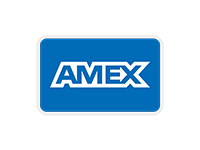GP9u Masterclass
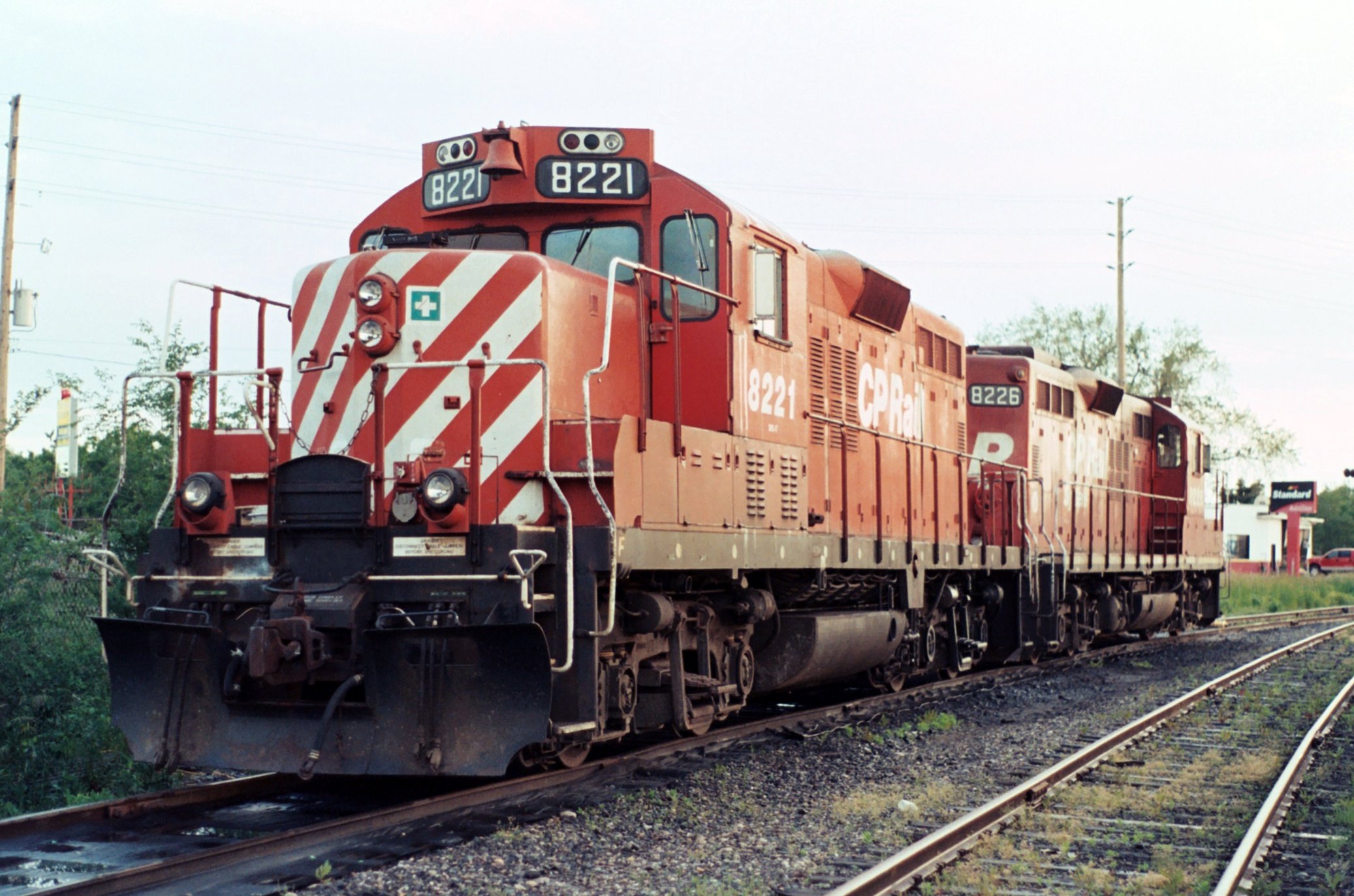

GP9u 8221 St. Thomas Ontario - June-1-2004. Image courtesy : Dave Minshall
During dieselization, Canadian Pacific acquired 200 GP9 units from General Motors Diesel Division (GMDD). These units were delivered over five years, from 1954 to 1959, and included units from three “phases” as changes were made to the design over that time. The three different phases are identified by external changes, including the louvre arrangement on the doors of the long hood and roof-top radiator fan sizes, among other details.
In 1970, CP chopped the short hood on three GP9 units (8633 to 8635), with the low nose intended to improve visibility while switching. There were no major changes made to these units beyond the low nose. They even retained their existing paint schemes (interestingly, three different schemes).
Between 1975 and 1978 CP rebuilt five units, including a chopped short hood, which were the first of an eventual program to rebuild the entire fleet of GP9s to extend their service lives. As the broader rebuild program continued, they were renumbered 8200 to 8204 as the first of the units rebuilt for continued road service. These first rebuilds had some unique features that were later modified again to give them the same appearance as the rest of the fleet, with some minor exceptions (for example, 8204 kept its pointed nose after the second rebuild).
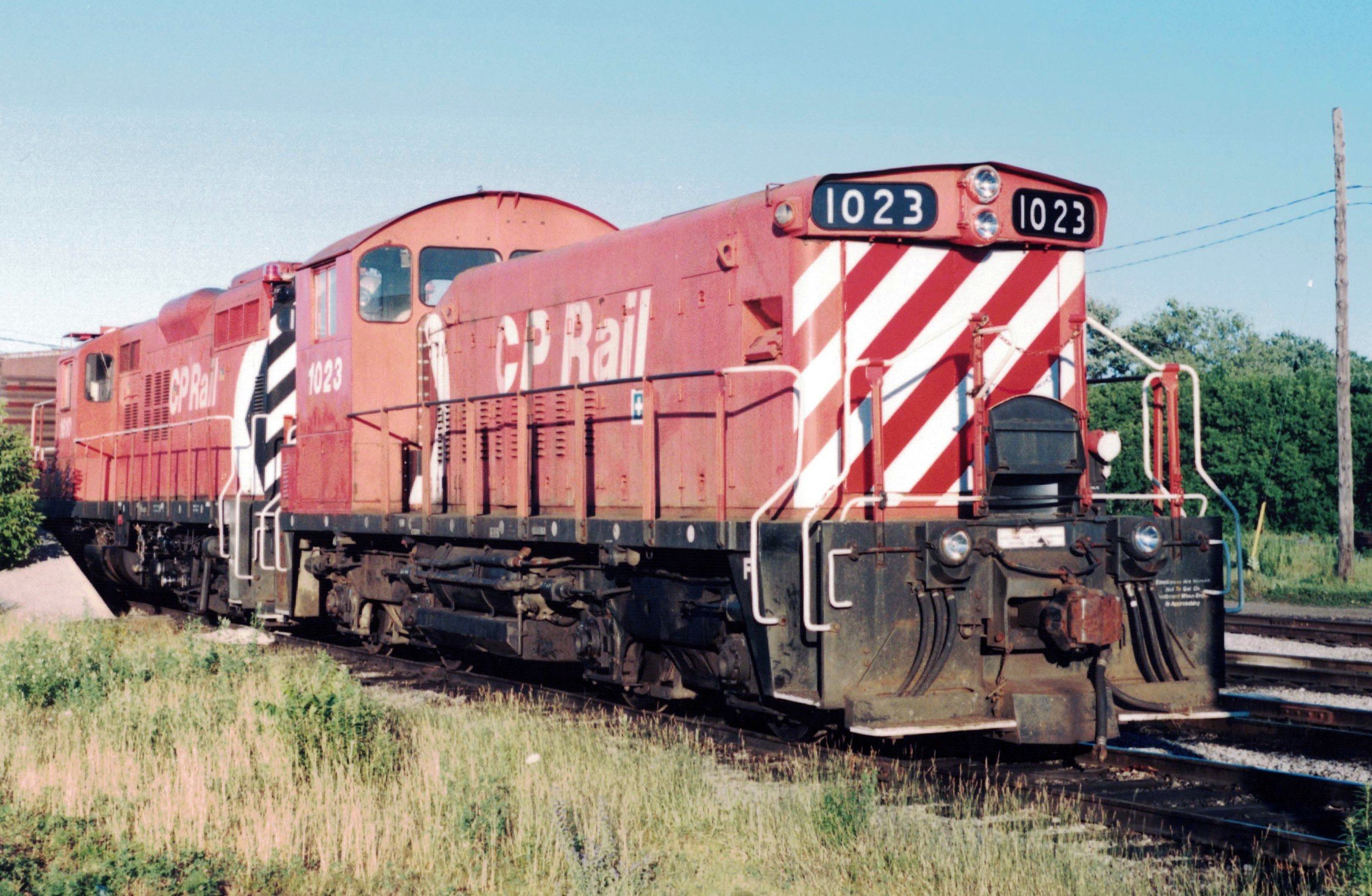

CP Slug 1023 London Ontario Quebec St July 10 1996. Image courtesy : Dave Minshall
The broader rebuild program to produce the GP9u (“u” for Upgraded) included chopping the short hood and configuring all units to have the short hood as the front (the “front” of the original GP9 units varied between different series). The number boards and classification lights were moved above the windshield with the bell located in the centre between them. The classification lights on the front now had separate lenses for the white, red, and green aspects, while the rear lights remained as built. The headlight remained on the nose. The corner steps were rebuilt to be straight-up versions. The phase 1 and 2 units retained their winterization hatches over the radiator fan behind the dynamic brake blister, while the phase 3 units lacked this feature. The skirts along the frame under the walkway were cut down, revealing the traction motor cables and other details. (One exception is 1693 which retained the narrower phase 3 skirts). Internally, the units received upgraded 645 power assemblies, among other improvements.
Following the first five examples, the rebuilt units were intended to be used as switchers in the 1500 and 1600 series. The first in this series were actually rebuilt GP7u units numbered 1500 to 1511. Concurrently, the first of the GP9u units were numbered starting with 1512. CP chose to keep the rebuilt phase 3 GP9u units separately numbered, starting with 1691. These are identified as phase 3 by the 48 inch radiator fans on the roof rather than the pairs of 36 inch fans on the phase 1 and 2 units. Since there were fewer of them, their rebuild dates are spread out over the same timeframe.
Since the rebuilt units were intended to be switchers, there was no need for dynamic brakes. Externally, the first units simply had the fan above the dynamic brake blister removed and plated over. On later rebuilds, the grill on each side of the dynamic brake blister was plated over as well. As switchers, their pilots retained the footboards and ditch lights were not installed. As the rebuild program progressed, the first three units with chopped noses were included. In 1984, 8633, 8634, and 8635 emerged as 1576, 1579, and 1580 respectively.
The rebuild program continued until mid-1987, when the recently acquired ex-TH&B GP7 and GP9 units were rebuilt into the 1682 to 1690 number series in front of the phase 3 units. The six GP7 units were rebuilt using the engine blocks from retired FP9 units, giving them 1750 HP like the GP9. The ex-TH&B units weren’t originally equipped with dynamic brakes and retained the hoods lacking the dynamic brake blisters. They also retained the taller hood doors found on GP7s and early phase 1 GP9s without dynamic brakes.
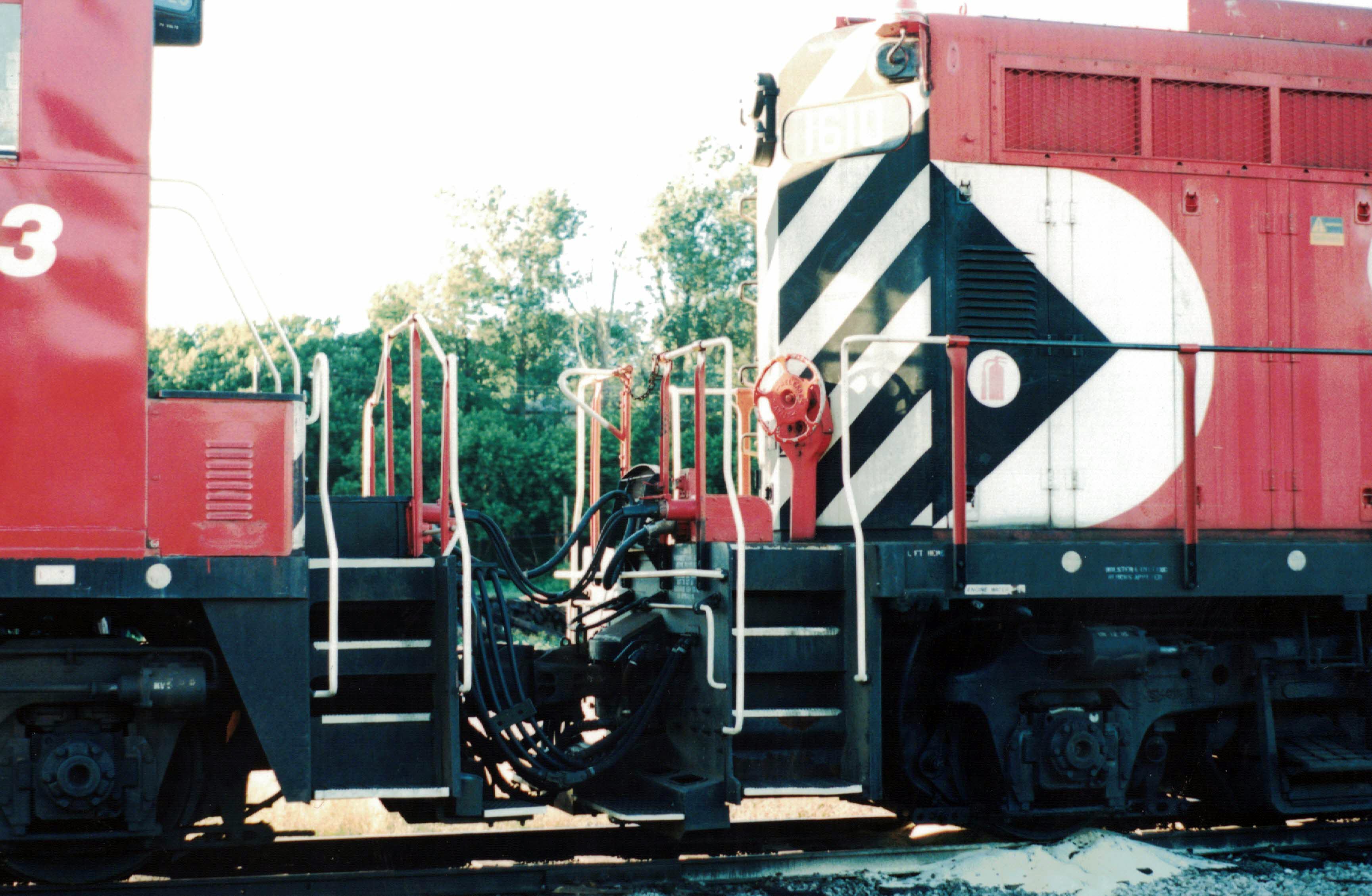

CP 1023 1610 Quebec St July 10 1996-4. Image courtesy : Dave Minshall
In 1988, the program shifted to rebuilding the remaining GP9s into road units, joining the first 8200 to 8204 GP9u units. The majority of the units were numbered following the first units, but the latest phase 3 units were again renumbered separately, into the 8242 to 8249 series, while still being rebuilt concurrently. As road units, the 8200 series differed from the 1500/1600 series switchers, retaining the dynamic brakes, having wrap-around road pilots, and ditch lights.
There were very few design changes made over the time of the rebuilding program. One short- term enhancement was increased sand capacity on the end of the long hood, resulting in a distinct box under the headlight, replacing the pointed contour of the end of the hood. This was applied to the first GP9u rebuilds, including 1512 to 1515, 8200 to 8203, and 1691 (the only phase 3 unit with this feature). As the first unit, 1512 has a unique design of this extension which was likely an experimental initial attempt. The extra sand capacity feature was dropped following these nine units, likely because the extra expense was not justified. All subsequent units kept the original shape of the end of the long hood.
Due to the timing of the release of these rebuilt units, the original paint schemes differed. The units in the 1500/1600 series were initially painted in the CP Rail action red scheme with the small multimark under the radiator at the end of the long hood, with black and white stripes on that end and red and white stripes on the nose. By the time the 8200 series road units were being released, the multimark scheme had been replaced with the simpler CP Rail action red scheme, dropping the multimark, with red and white stripes on both ends. As units in both series were repainted, they appeared in various paint schemes, from the CP Rail System scheme, with and without the word “System”, to the newer Canadian Pacific block letter scheme, with and without the beaver logo, and with a solid white stripe on the frame or alternating red and white reflective stripes. The interim St. Lawrence and Hudson scheme was applied to select units that were transferred to the StL&H while it existed.
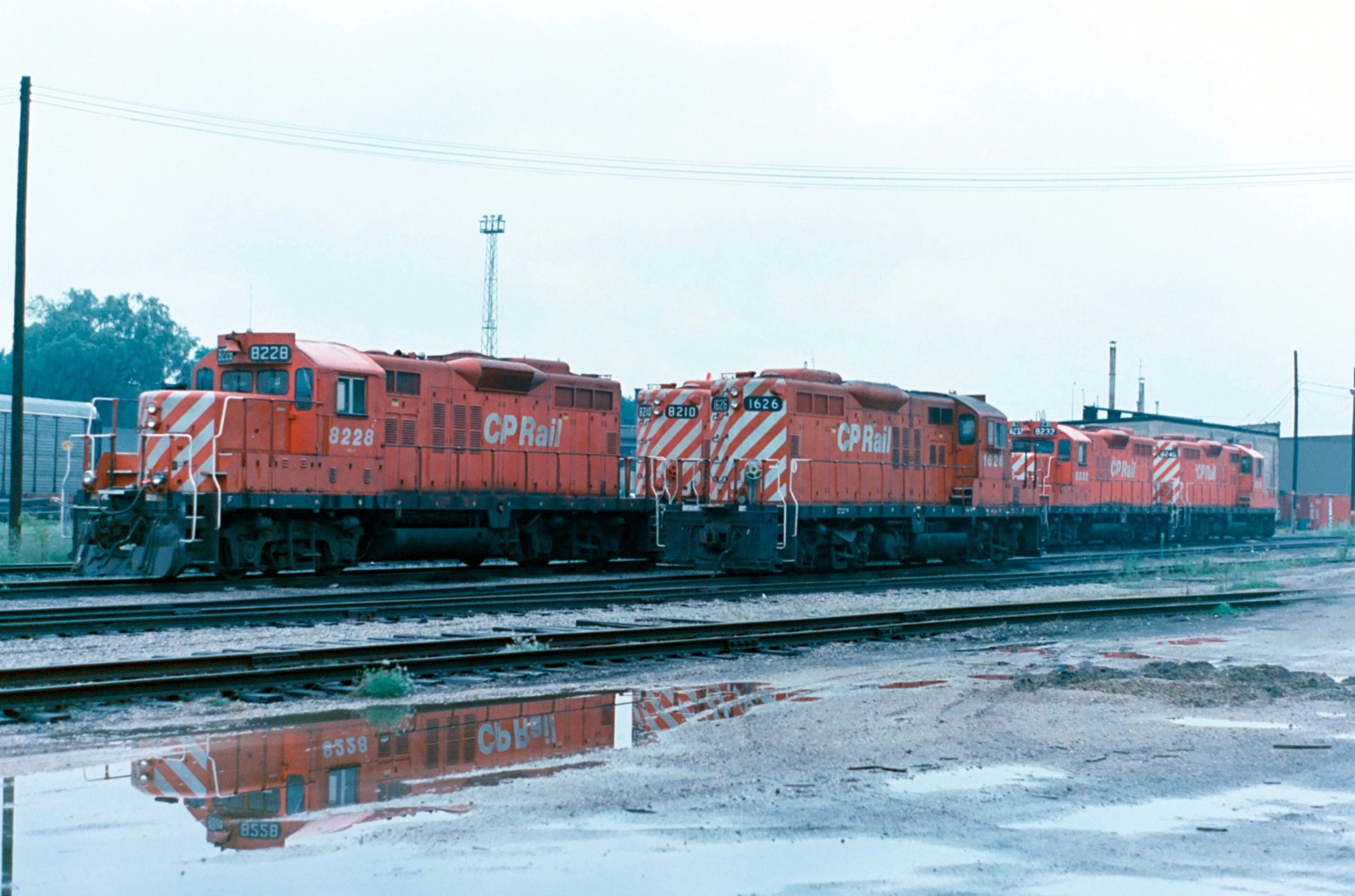

London Ontario-Aug-24-1997. Image courtesy : Dave Minshall
Once in service, there were changes made to these units over time. Many units had the classification lights removed since they were no longer required. Most units that had footboards had them removed. Various road units received snow plow pilots. Some of the switchers received ditch lights. One upgrade to many of the switchers was the addition of remote control equipment. This included flashing strobe lights at the top corners of the long hood and antenna platforms on the roof of the cab.
There were many different configurations of the louvers on the battery box doors. The large door under the cab on the engineer’s (right) side typically had no louvers, but a few units had them added over time. However, the same door on the left side had a great variety. While a number of units had no louvers on this door, the initial trend on the 1500/1600 series was a set of four small louvres staggered on the door with the two in the centre located higher and the two outer sets lower. By the time the 8200 series was being rebuilt, this had changed to two small sets of louvres centred on each side of the door. With later modifications post-rebuild, these had evolved to four sets of taller, narrow louvres, with a pair centred on each side of the door. The first battery box doors forward of the cab on both sides tended to have either one large set of louvers or a pair of smaller louvres. The pair of smaller louvres was often a later update to units originally rebuilt with a single large set. The small battery box door behind the step, forward of the larger battery box doors often had a small set of louvres added to it on either one side or both, although some units lacked the door completely. Beyond these trends, there were many unique configurations on individual units.
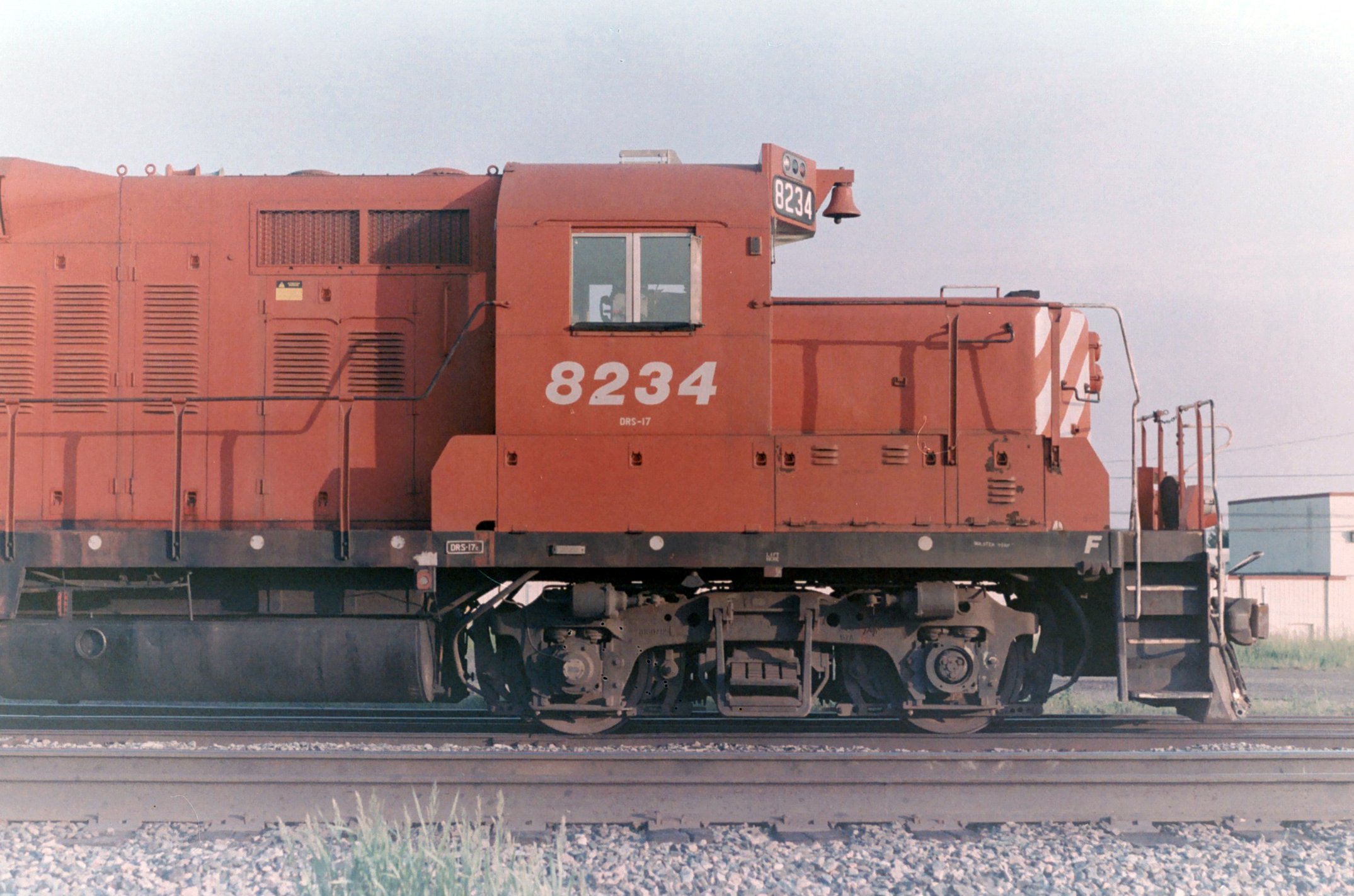

Cobourg - June-17-1997-1945-6.Image courtesy : Dave Minshall
Starting in 1993, CP converted various end-cab switchers to “daughter” units, or slugs, by decommissioning or removing the prime mover (replacing it with ballast to return the unit to its operating weight) and drawing power for the traction motors from GP9u “mother” units using cables that were semi-permanently connected between the units. All of the mother units were drawn from the 1500/1600 series of GP9u units.
The GP9u units saw service across Canada and into the United States for over 30 years. At the end of their careers, the majority were retired and traded in for the GP20C-ECO program starting in 2011. The last unit was retired in September, 2015.
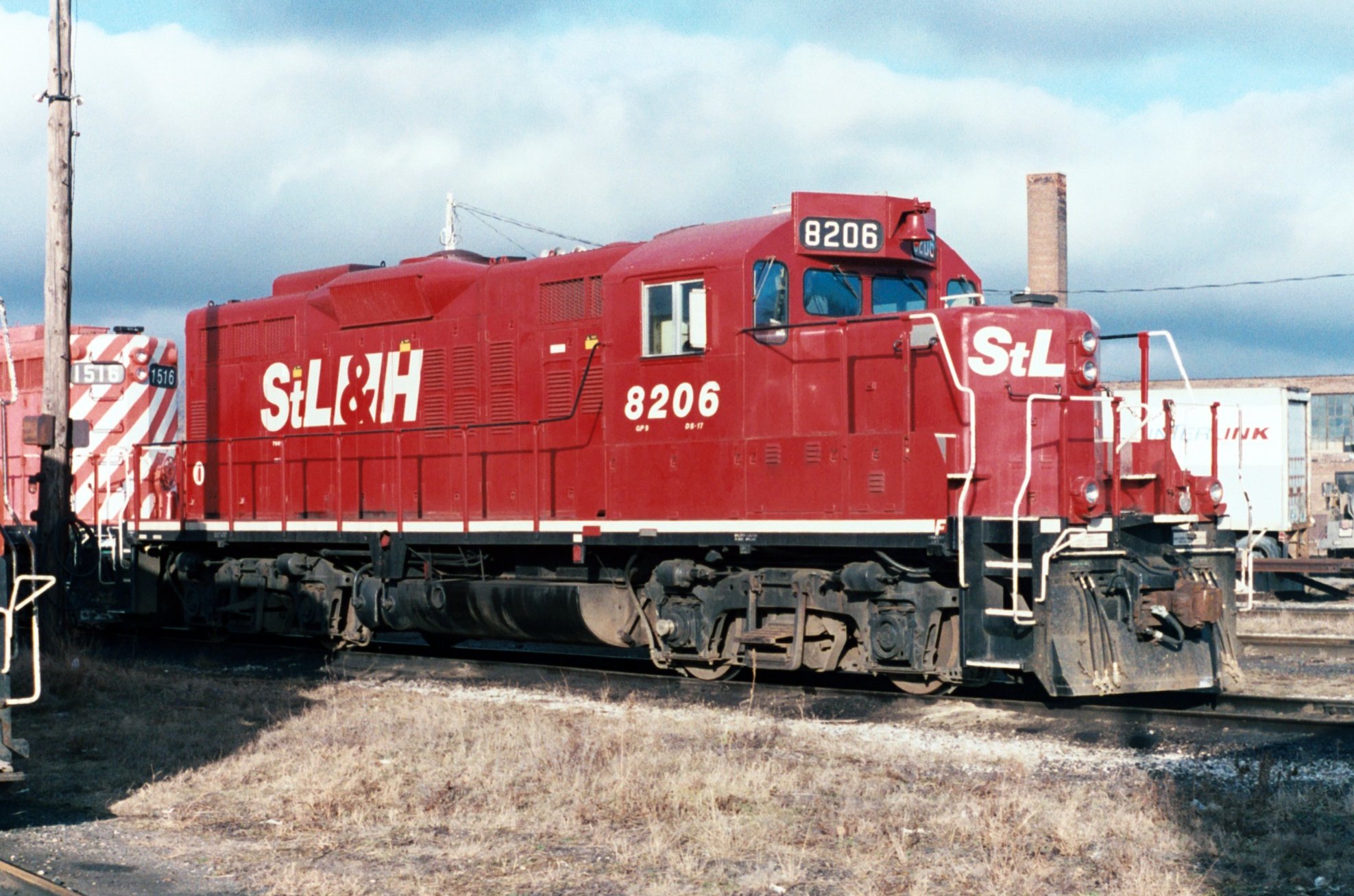

StL&H GP9u 8206 Woodstock Ontario- Feb-28-2000. Image courtesy : Dave Minshall


